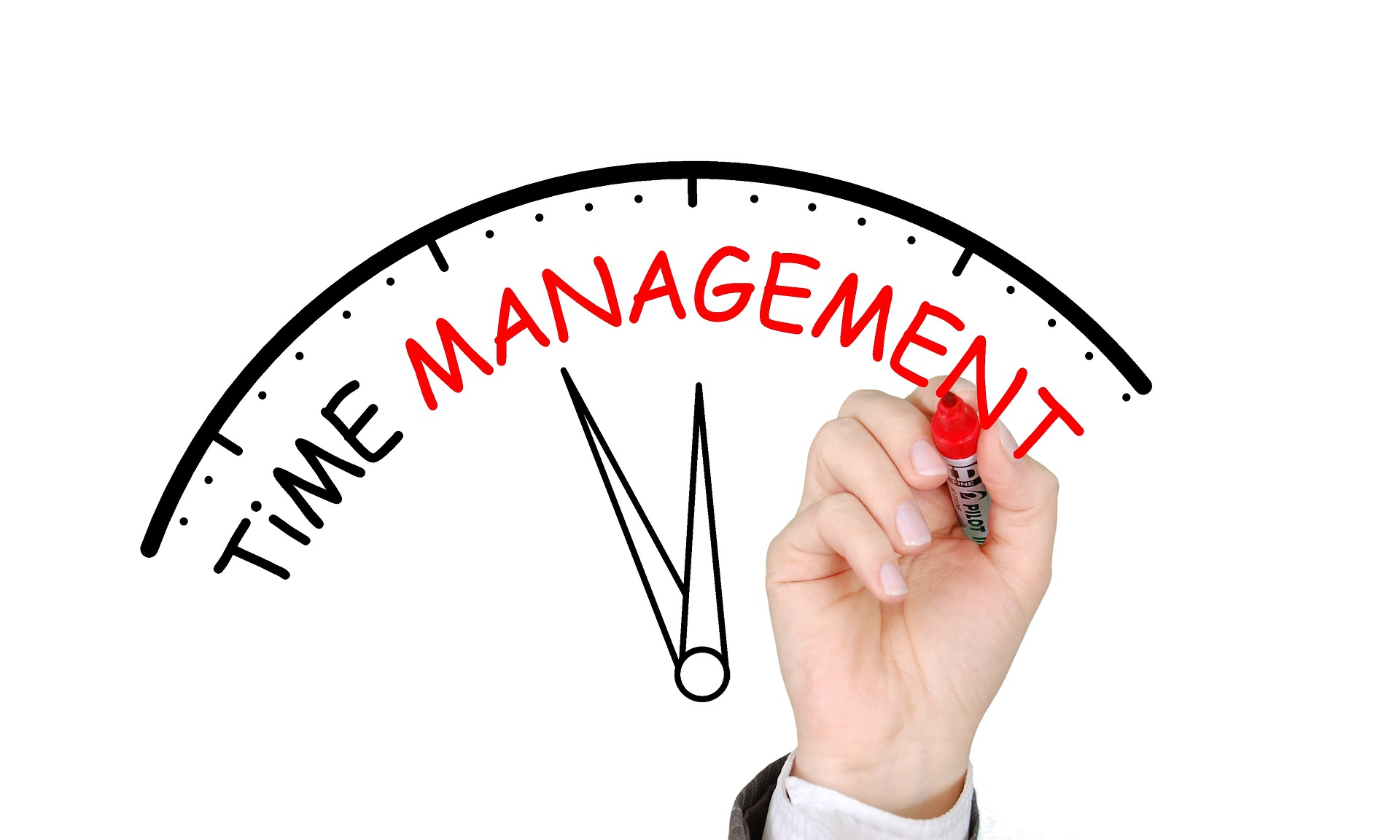Stating the Obvious
Ok, so, let’s start with a given fact: there’s just a surplus of pretty much everything out there. Motivational quotes, excessive data, pseudo-science, MLM startups, cars, apps, reality TV, bureaucracy, conspiracy theory podcasts – the human brain isn’t biologically wired to process the never-ending barrage of colors, sounds, and most importantly – information – that humanity is currently both producing AND consuming on a daily basis.
In fact, as Tomas Chamorro-Premuzic argues, the proliferation of information actually makes us less open to consider new opinions, which in turn leads to a sort of “self-induced” intellectual bubble that only reaffirms our pre-established opinions to boot.
Or in other words: more is less, and less is – well – more than enough.
Into the Thick of Things
As the newly appointed head of Digital Marketing (totally made up title) back over at the DPM, I was thrown into the thick of things head-first and was instructed to use as many apps as our servers’ RAM + HDD allowed.
Naturally, I got myself going full steam ahead.
To track time, I used Google Calendar, Toggl, HubStaff, and a small chunk of my mental acuity. To keep things organized and neat, I played with Trello, Asana, Teamweek, Google Docs + Sheets, physical post-it notes, and used an intermediate chunk of my mental acuity. To communicate, I logged into Slack, Google Hangouts, Basecamp, Skype, Zoom, and the overall Gsuite package as well – among tons of other web-based applications, software, and “productivity tools” that were everything BUT.
And used a significant chunk of my mental acuity, likewise.
As you can tell, each consecutive new app was draining my mental reserves exponentially faster than the last (remember: intellectual work is physically exhausting). I was becoming less productive, more sluggish, and was starting to experience burnout at an alarming rate.
I was losing the digital battle faster than the time it takes you to spell “project management”. However, the last thing I wanted to do was give up and let the apps assimilate my memory into theirs.
As a Star Trek fan in fact, I knew that resistance was everything but futile.
So I sprung myself into action.
How I De-cluttered My Digital Life
I set myself a single, three-in-one goal: re-assess my priorities, eliminate as much clutter as possible, and adopt a digital minimalist lifestyle both in the workplace – and in my personal virtual life as well.
Communication Apps
First on the culling list were communication apps. And what do these apps had in common? They were allowing its users to instant message other users that used the app for a better collaborative effort on the fly. Some of these apps had integrated video calls (with some working better than others), while others didn’t.
So, I needed something that I could type sentences into, speak audibly into, and share screens to show my embarrassing, low-res Frasier wallpaper that was off center by several hundred pixels diagonally and a few to the left – dead pixels notwithstanding.
It was like Windows Vista all over again, but I digress.
The process of elimination went something like this:
Zoom – requires downloading a client, logging in, and its UI is somewhat non-intuitive for beginner users. Grade: 2/5
Skype – comes pre-installed with Windows 10, requires a Microsoft account, features a simple and intuitive UI, but call quality varies with each call. Grade: 3/5
Slack – tons of features, but only a handful that you’d really use, good for instant messaging, but cam become really cluttered really fast – especially the more users there are in a given room, search system not optimal, video call features are a so-so. Grade: 3/5
Basecamp – somewhat steep learning curve, tons of useful features that you can really put to good use (meetings, to-do lists, daily standups), ideal ping system for instant messaging, good support, somewhat expensive. Grade: 4/5
Google Hangouts – simple to use, non-cluttered, intuitive user interface, actually piggybacks off of Gmail (instant messaging), works hand-by-hand with Google Meet (video calls), good video call quality. Grade: 4.5/5
Winner: Google Hangouts
Productivity Apps
With my communication needs all sorted out, it was time to move onto filtering through several productivity apps to find the best fit without losing utility.
Trello – totally intuitive user interface, interesting additional features (color coding, checklist), uses the least amount of computer resources, kind of a pain in the butt to log in if you’re working with multiple clients across multiple accounts. Grade: 4/5
Asana – more or less what you’d expect from a Kanban tool, runs kind of slow on slower machines, has a somewhat higher learning curve than most of its competitors (but not by much), unnecessary animations (can you turn this off?), gets the job done. Grade: 3.5/5
Teamweek – looks great visually, simple to use, lacks some of the more powerful features of Excel, GSheets, or MS Project Manager (but then again, what tool doesn’t?). Grade: 4/5
Google Docs & Google Sheets – powerful features for computation, presentation, and planning, less-powerful than Excel – but only by a really thick single hair, what it lacks in the visual department, it makes up in its computational power and advanced features. Grade: 4.5/5
Winner: Google Docs & Google Sheets
Time Tracking Apps
Finally, all that was left were – often the bane of creative endeavors – time tracking apps. These apps are not ideal if you’re the type of person that thrives on winging it, but they’re good if you want to get some actual work done.

Hubstaff – doesn’t offer manual time input, counts keyboard + mouse actions, takes screenshots, kind of feeling paranoid with this one. Grade: 2/5
Toggl – offers manual time input, great for team managers and project managers, shows overall picture and allows dabbling into details as well. Grade: 4/5
Google Calendar – more of an in-advance planning app than a tracking time app, simple, intuitive, and sweet, only downside is its clunky share feature. Grade: 4.5/5
Winner: Google Calendar
Conclusion
As you can clearly tell, I’m kind of a Google fan. I think their products are as no-nonsense as a lack of nonsense can get. What’s more, their apps are also very intuitive and beginner users can usually pick up on most basic features after just several tries. Oh, and Gmail? I simply couldn’t imagine living without a Gmail account.
But the main takeaway is that after I got rid of most apps, my anxiety was like 75% gone. The apps that were left were actually helping me out and not interfering with productivity and work, for a change. My physical desk started looking more organized than ever, and I stopped being late to most conference calls, except the ones that I hated doing anyways.
Finally, I adopted an optimistic worldview and was feeling more reinvigorated than ever – until that 2019 Google Calendar blackout suddenly happened.
And that, my loves, is a story for another time.


